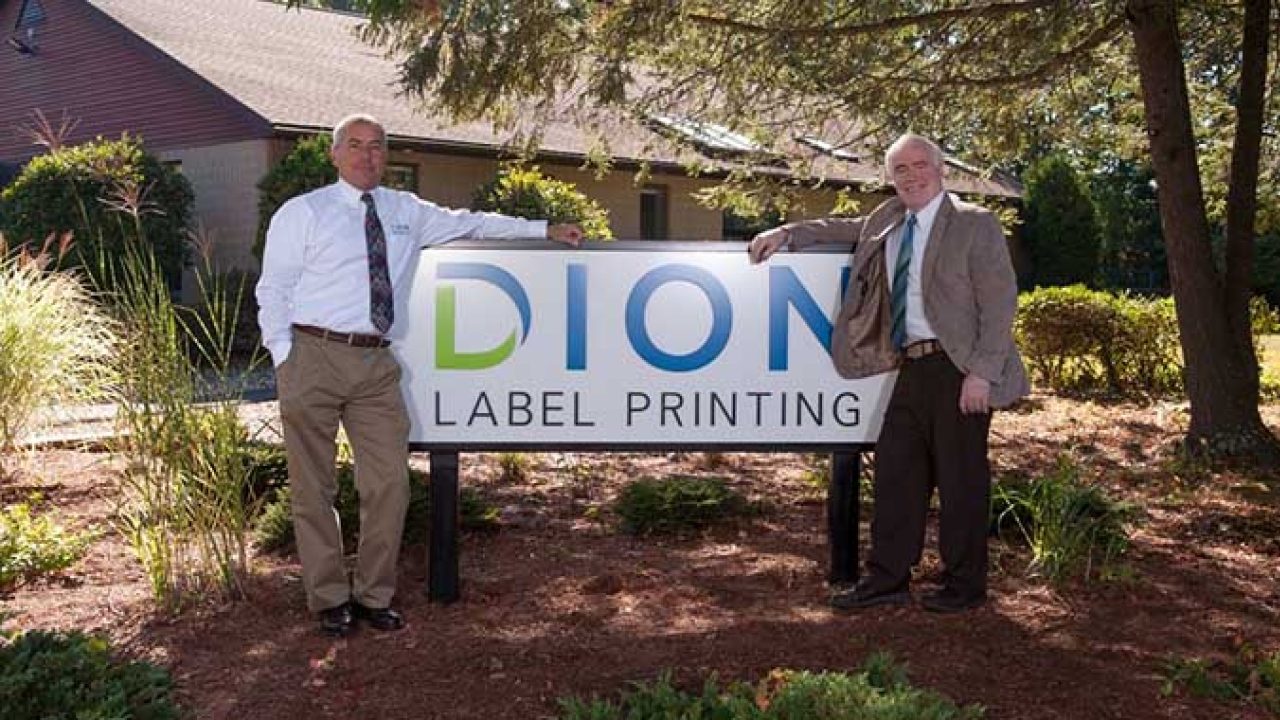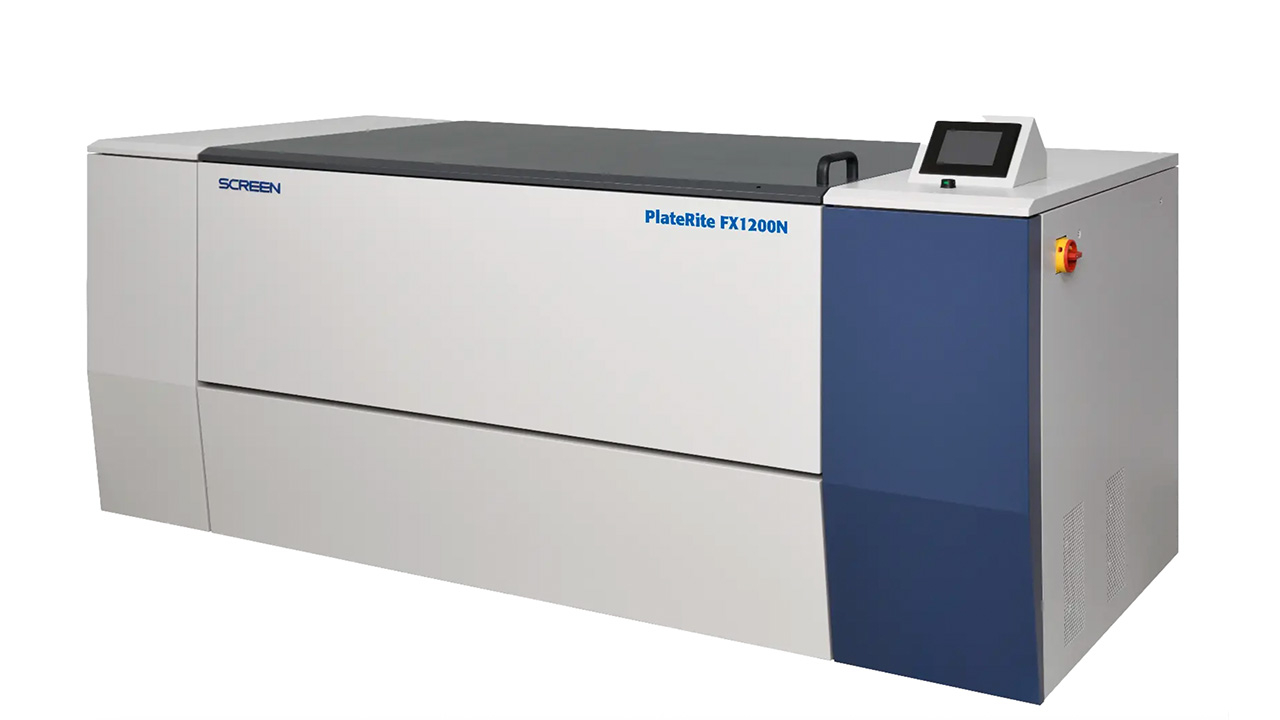Dion Label invests in Kodak Flexcel NX Ultra
US-based converter Dion Labels has invested in a solvent and VOC-free flexo platemaking technology, Kodak Flexcel NX Ultra, developed by Miraclon.

High-end pressure-sensitive labels account for around 80 percent of Dion’s design-to-dispatch production. The company also produces extended content labels for various end-user applications, including over-the-counter pharmaceuticals, food, and beverage, personal care, household products, medical and specialty printing. Production splits roughly in half between flexo (water-based and UV) and digital.
‘We’d been tracking the Flexcel NX technology for some time and had no doubts about the production and quality benefits, but we believed that solvent-free platemaking is the way forward and decided to wait for that solution,’ said John Dion, owner of Dion Labels. ‘We had a small solvent system, but it had limitations in terms of the fineness of screens and the consistency of screening from one end of the plate to another, particularly in highlight detail. So as jobs became more complex and difficult, we had to break some out and figure what we could do.’
Dion Labels had also tried a thermal technology but ran into issues with the way the plates swelled when the UV inks warmed up. Plates also deteriorated between runs, which meant the company had to make new sets for reorders.
Brent Berthiaume, Dion’s pre-press manager, commented: ‘With thermal, we were stuck using 133-150pli screens, largely due to the dot gain. If we went to 175lpi, on the long run, we were into the second set of plates for almost every job. With Flexcel NX Ultra, we’ve yet to make a single plate under 175lpi, and that includes running several 80,000-foot jobs on a single set of plates. That’s the number one biggest benefit — holding consistency throughout the run while producing high-quality linework. It’s an exponential improvement.’
‘Being able to maintain brand-compliant colors across multiple platforms is also a major benefit,’ added John Dion. ‘Compare conventional flexo with digital output and you can usually see the difference. Now the colors hit the targets whatever the process. We have a parallel relationship between the two platforms, so if workload means we have to switch a job from one process to another, we’re confident the results will be fine.’
‘Flexcel NX Ultra solves the flexo conundrum of how to achieve strong color using pigments that are not as intense— reds and greens, for example. Normally you must lay down a thicker ink film, which means the quality deteriorates, especially in screens. So, we’d have to break out screens from solids to achieve the right results. That’s no longer the case because NX Advantage Patterning allows greater efficiency, enabling improved ink laydown and transfer to the substrate at a higher concentration while still combining screens. We’re also able to use smaller-volume aniloxes on a larger number of jobs and achieve our objectives — controlling dot gain, maintaining color consistency throughout the run, and so on. We can also increase the white opacity with one hit — it previously took two.’
Stay up to date
Subscribe to the free Label News newsletter and receive the latest content every week. We'll never share your email address.

